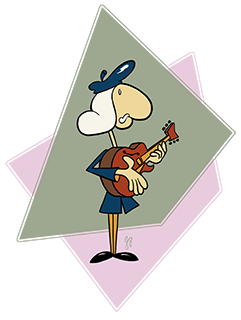If you are just starting out learning jazz chords, I would begin with the Jimmy Bruno method: jazzguitarjourney.weebly.com/blog/inversion-jimmy-bruno-method
Like a lot of revered Jazz Tomes, Ted Greene's Chord Chemistry is a bit hard to navigate for a beginner. It's much more useful to go through this book with a good teacher and understand the inversions Mr. Burno teaches first. Chord Chemistry was too much for me when I picked it up -- I didn't know exactly how chords were constructed, how they got their names, what their functions were, etc. The Jimmy Bruno method made tons more sense to me and increased my vocabulary in a meaningful way.
The best way to approach Ted's Essential Chords is just to go through them one by one, with some examination on how each are constructed. I don't know if this is a great compendium to learn the chords by rote. Instead, go through the whole lot in sequence and see what you discover. Let the process kind of "wake up" your "chord consciousness," so to speak. Try and find each chord on your neck where 'A' is the root (that's mostly what Ted used as an example). Some won't work on all parts of the neck. Some I can't finger at all. Still, see where the notes are in relation to the governing key the chord is in. Use the hollow green dots to finger other versions of the chord idea and discern what those intervals are to the root. Don't spend too much time memorizing each chord at first -- just examine, listen, and move to the next chord. Get a feel for how to alter a chord by adding the 6(13), 9(2), or altering the 5. If you find a chord that sounds particularly good to you, maybe make a note of it as something to practice in a progression, like a 2-5-1.
I think the 'Essential Chords' were mostly designed just to canvas the possibilities of the unabridged jazz-chord dictionary. For more advanced players, you might experience satori on how different fingerings are connected, or new possibilities the fretboard offers.
| tg_essentialchords.pdf |

 RSS Feed
RSS Feed
